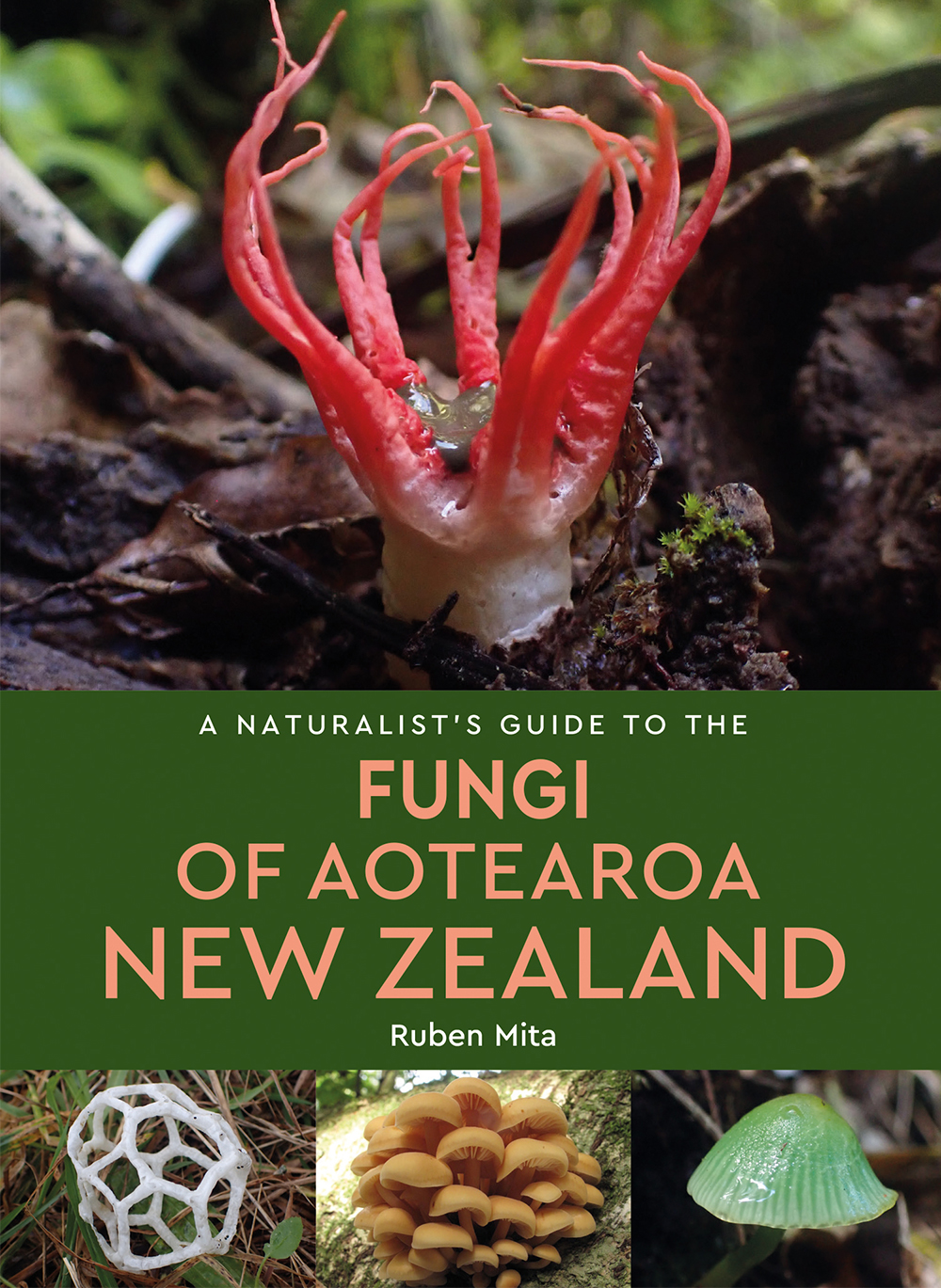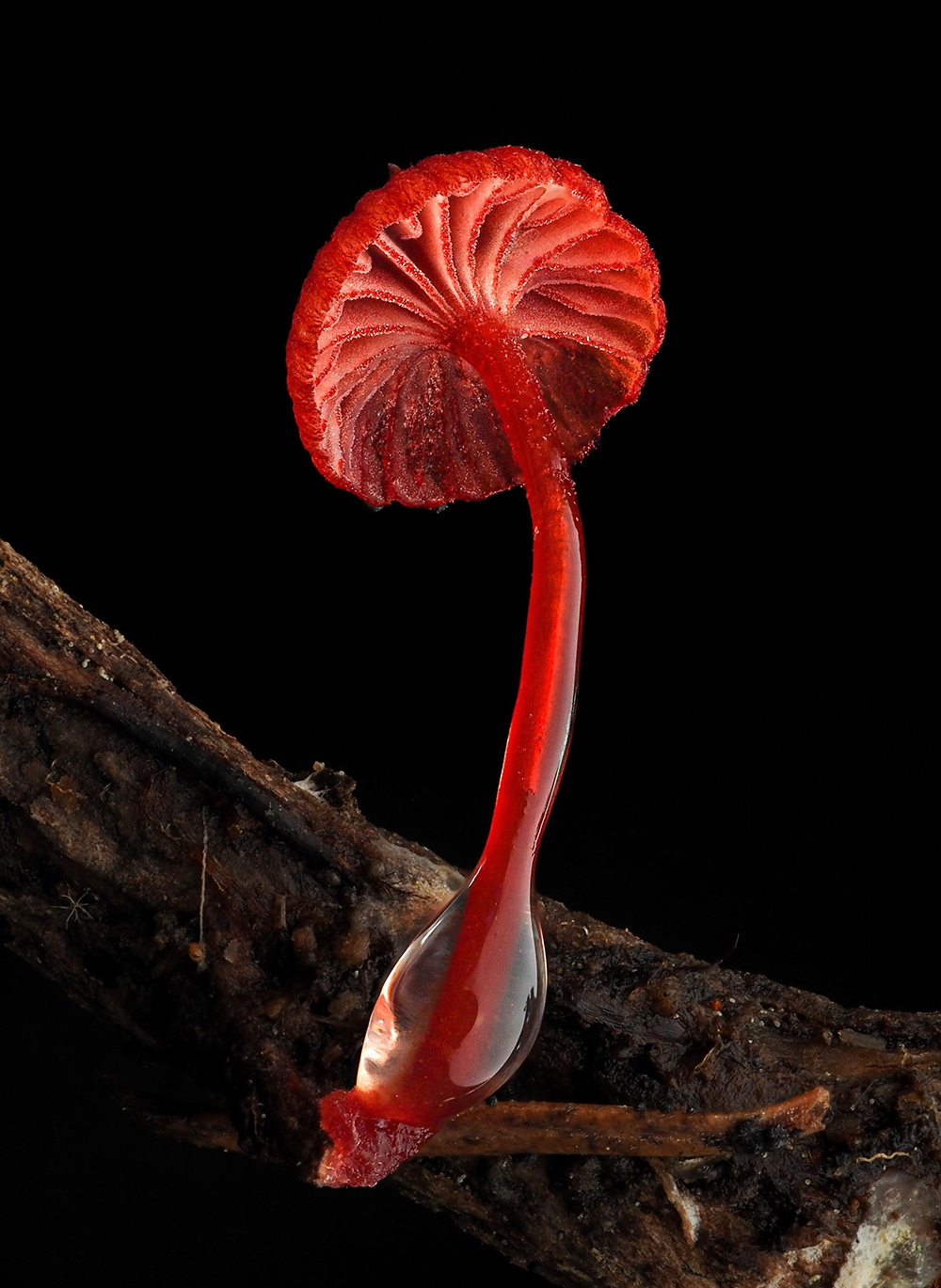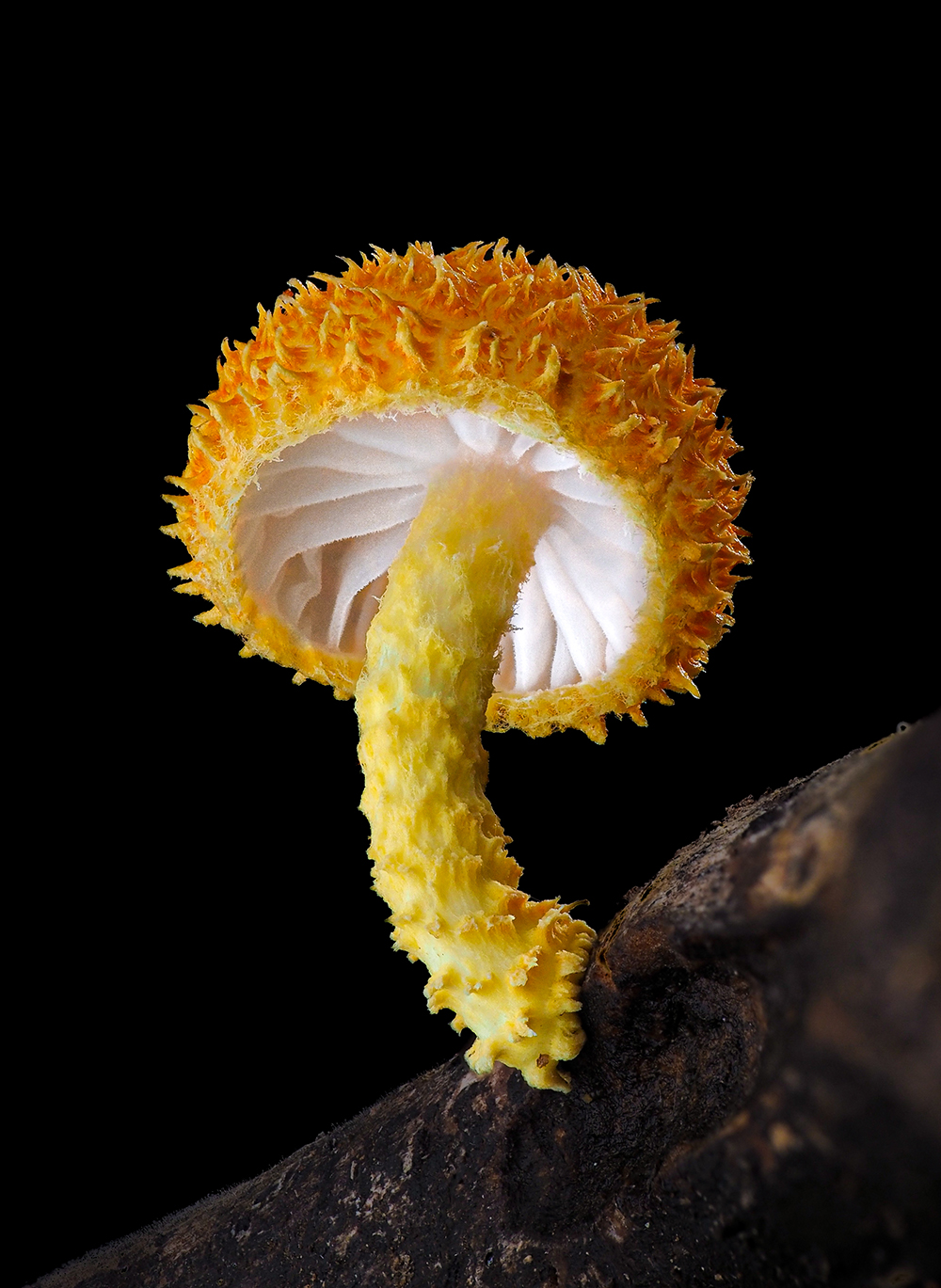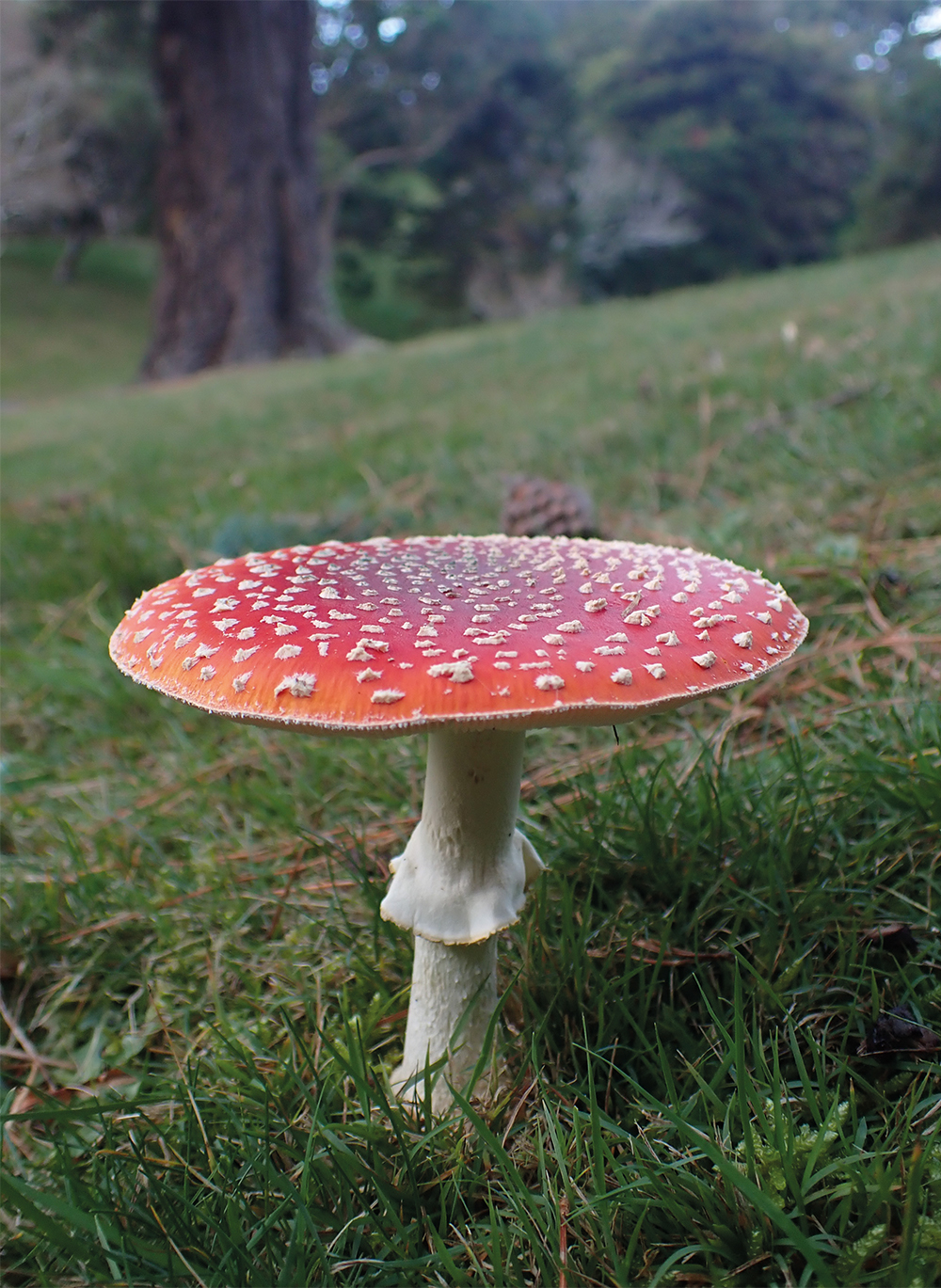

Fungi fetish
April 3, 2025
What are fungi? And can they save the world? Jay Lichter, a passionate fungi observer and photographer with a rock-star level following on Instagram, elevates the arcane to dazzling artistic levels with his work, which features in a new guide, A Naturalist’s Guide to the Fungi of Aotearoa New Zealand, by Ruben Mita. Lichter discusses the enchantment of this world and the thrill of the treasure hunt.
The most captivating part of this weird and wonderful kingdom of life is the unknown, undocumented and unchartered nature of it all. Fungi – an extensive and integral part of the natural world are so often overlooked, or ignored entirely; pushed aside as something dangerous and disgusting, or just another food item in the vegetable aisle. As soon as I realised their importance, it fuelled my fascination – like diving into a strange new world; coincidentally one that is everywhere, all the time.
Until quite recently it seems as though most people have been completely unaware of the vital role these organisms play in our native ecosystems, both as the planet’s “great recyclers”, and the backbone of all plant life, supporting our forests through symbiotic relationships. It is estimated that over 90% of plants are dependent on this relationship with fungi to survive. In short, entire ecosystems would collapse if it weren’t for these silent partners doing all the work behind the scenes.
You would assume fungi would have amassed a fairly sizable fanbase for all their hard work, but you would be wrong. Fungi experts, and dedicated enthusiasts are still very much a niche group when compared to, say, bird watchers and the more botanically-inclined naturalists. This is certainly true for those who dedicate time, money and holidays to rummage around in a wet autumnal forest In pursuit of new and novel species. Although, this field has gained popularity and momentum in recent years through mainstream releases such as the Netflix Documentary Fantastic Fungi.
What constantly lures me back and keeps me entertained is the “treasure hunt” aspect of the Fungi hunt. Fungi are tricksters, and will often grow in places that are out of sight and wouldn’t usually just be stumbled upon, so you really need to go out of your way to find them.
Once you do, you’ll quickly realise that they are absolutely everywhere. To all but the most seasoned expert, each excursion will reveal something completely new and unknown, which then piques the curiosity – What is it? What is the Latin name? Has this been documented before? Fortunately, this world is still understudied and under-documented, especially in New Zealand, so your chances of discovering something yet to be described, or new to science are actually quite high. Fungi are ephemeral, with fruiting bodies emerging for only a few weeks or months of the year – this makes finding them all the more exciting, unpredictable and mysterious.
For the uninitiated, “A Naturalist’s Guide to the Fungi of Aotearoa” by Ruben Mita will undoubtedly shed a light on our country’s enormous and incredibly unique fungal diversity, which I have heard described as one of the world’s “Mushroom Meccas”. Eighty million years of isolated evolution has created some incredibly beautiful and unusual species (and even entire families!) of fungi found nowhere else in the world. A quick flick through its pages will soon enlighten the casual reader to the countless colours, shapes and sizes to be found. If the alien-looking Aseroe rubra, and the intricate trellised framework of Ileodictyon cibarium on the front cover don’t pique your interest, then I’m afraid I can’t help you!
It is thought that there are over 20,000 species of fungi in New Zealand, with only around 7000 or so having been reported to date. So, although barely scratching the surface on the unknown, this guide is still an extremely comprehensive representation of what you are likely to find on a fungi-oriented autumn stroll, if you look hard enough. It will certainly be joining my taxonomic toolbox for in-situ identifications while rolling around in the damp, mossy forest floor. As well as being able to make a quick visual comparison to the photos, further information can be checked and cross referenced by the detailed yet concise descriptions for each species; covering important details such as Size, Habitat, and an in depth explanation of key identifying physical traits, along with possible lookalikes and edibility. All of this can be used to (fairly) accurately narrow down which species, or at least which family your finds might belong to.
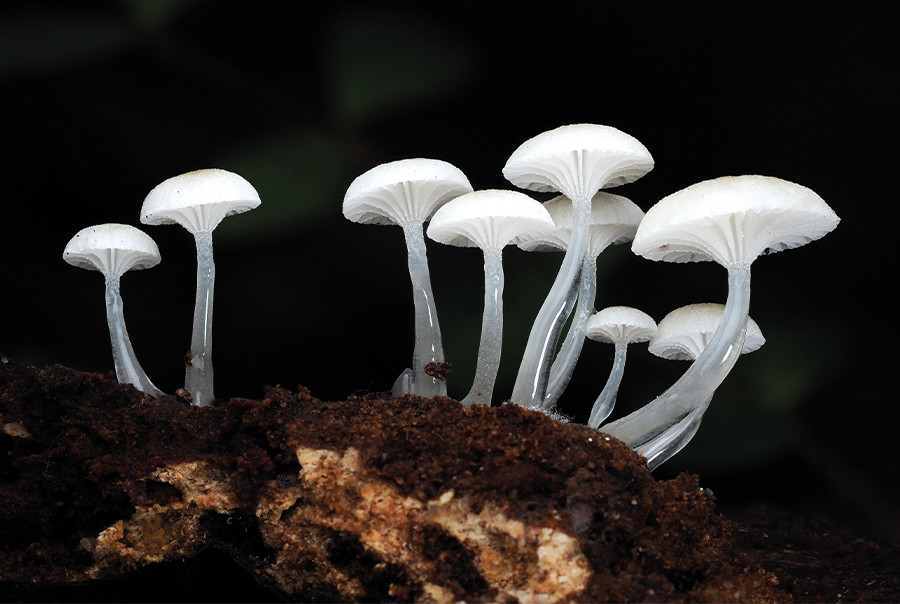
A lot of the unique, mycorrhizal species described here are not found in the North Island; some of the most exciting macrofungi occupy the vast beech-dominated forests of the South Island. This is a must-have for any curious enthusiast wanting to learn more. It is also a must-have for anyone even vaguely interested in foraging for wild mushrooms, despite this being generally discouraged at the very start of the book.
Can fungi Save the World? No. Would the world cease to exist if not for the presence of fungi? Yes. That is why we should all care about fungi and the invaluable and under-appreciated work they are constantly doing for us all.
Jay Lichter, aka @cyanesense on Instagram is an Auckland fungi enthusiast and photographer who elevates the natural world to artistic proportions.
A Naturalist’s Guide to the Fungi of Aotearoa New Zealand by Ruben Mita. Published by John Beaufoy Publishing, available now, $29.99
Win a copy of A Naturalist’s Guide to the Fungi of Aotearoa New Zealand by Ruben Mita.
North & South has three copies to give away to three readers. To be in the draw to win a copy, email [email protected] with your name, postal address and phone number and FUNGI GIVEAWAY in the subject line. No correspondence will be entered into.
